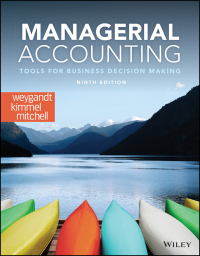Question
Use the following balance sheets for the RBA, NAB and Westpac to illustrate effects of the following transactions. Use a plus (+) to denote inflows
Use the following balance sheets for the RBA, NAB and Westpac to illustrate effects of the following transactions. Use a plus (+) to denote inflows and a minus (-) to denote outflows Edit:
The answer section below each question is to describe the effects of the transaction towards the amount of ESA after each transactions. The balance sheet in the end is supposed to reflect the total changes in the account of each bank after all three transactions, a (+) i sign is used when there is an inflow into the account after all three transactions and a (-) sign is used when there is an outflow from the account after all three transactions. 

Step by Step Solution
There are 3 Steps involved in it
Step: 1

Get Instant Access to Expert-Tailored Solutions
See step-by-step solutions with expert insights and AI powered tools for academic success
Step: 2

Step: 3

Ace Your Homework with AI
Get the answers you need in no time with our AI-driven, step-by-step assistance
Get Started


